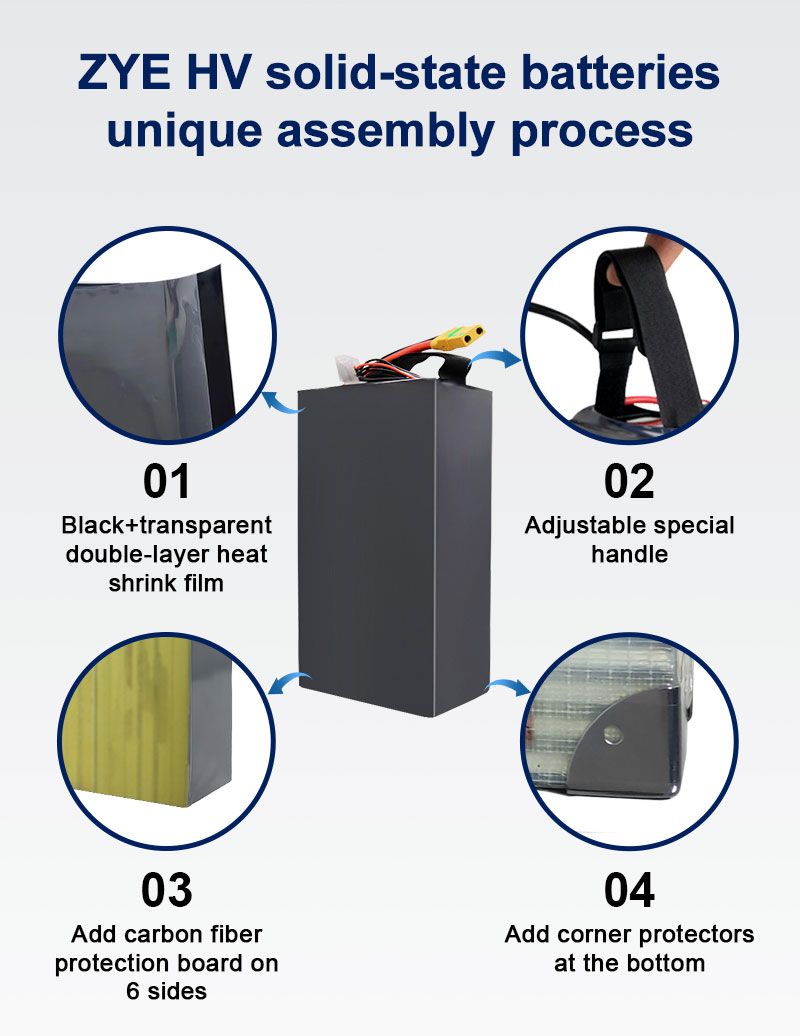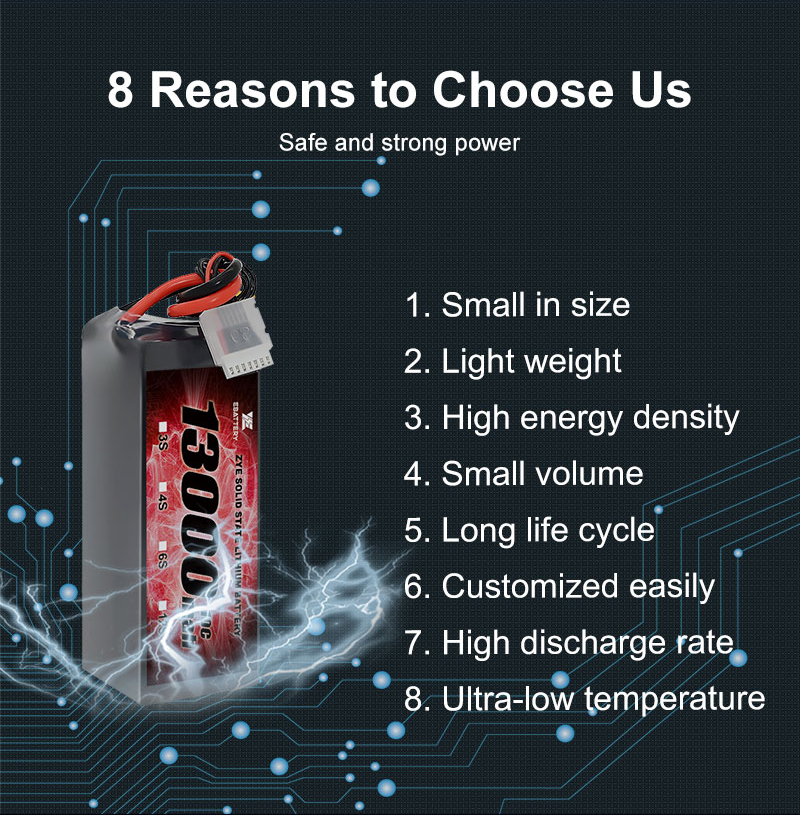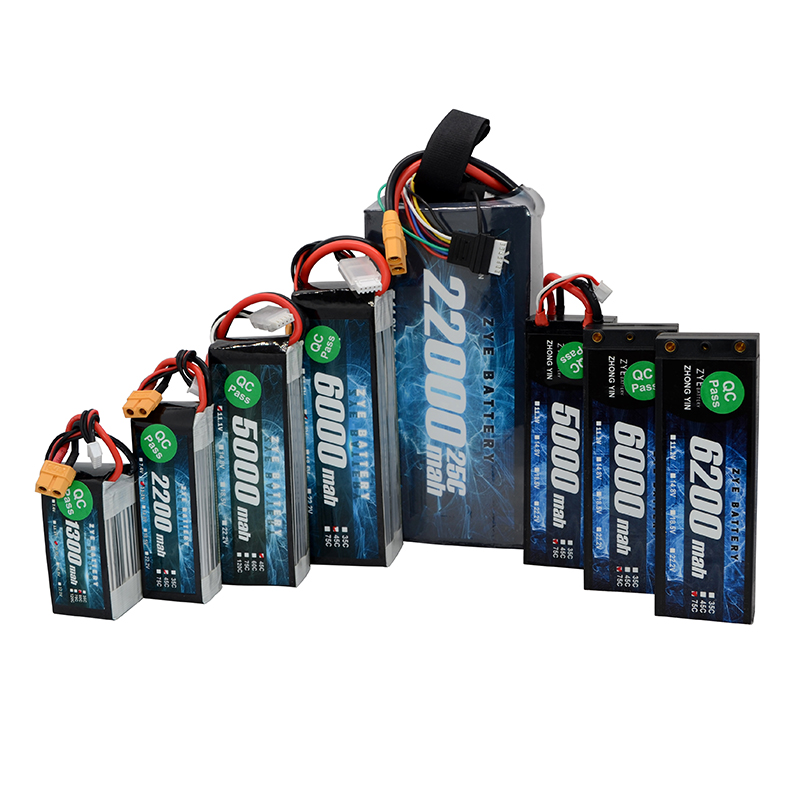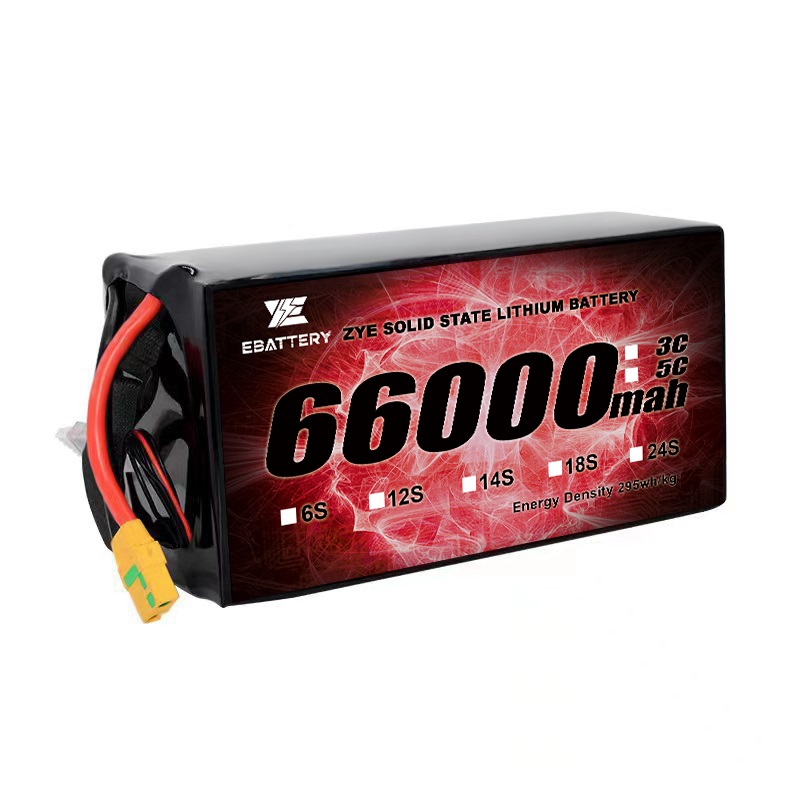What advantages do solid state batteries have?
2025-07-18
solid-state-batteries are revolutionizing the energy storage industry with their innovative design and superior performance.
In this article, we'll explore the remarkable benefits of solid state batteries, with a particular focus on their lightweight nature and its implications for energy efficiency and future applications.

What Materials Make Up the Solid Electrolyte in Solid State Batteries?
The solid electrolyte is the heart of light-weight-solid-state-batteries, the materials used in solid electrolytes can be broadly categorized into three main types:
1. Ceramic electrolytes: These inorganic materials offer high ionic conductivity and excellent thermal stability. Common ceramic electrolytes include:
- LLZO (Lithium Lanthanum Zirconium Oxide)
- LATP (Lithium Aluminum Titanium Phosphate)
- LLTO (Lithium Lanthanum Titanium Oxide)
2. Polymer electrolytes: These organic materials provide flexibility and ease of manufacturing. Examples include:
- PEO (Polyethylene Oxide)
- PVDF (Polyvinylidene Fluoride)
- PAN (Polyacrylonitrile)
3. Composite electrolytes: These combine the best properties of ceramic and polymer electrolytes, offering a balance between ionic conductivity and mechanical stability. Composite electrolytes often consist of ceramic particles dispersed in a polymer matrix.

How light-weight-solid-state-batteries enhance energy efficiency
The reduced weight of solid state batteries translates to several key benefits:
Increased energy density: Solid state batteries can store more energy per unit of weight, allowing for longer-lasting power in smaller packages.
Improved portability: The lightweight nature of these batteries makes them ideal for portable devices and wearable technology.
Enhanced performance: With less weight to carry, devices powered by solid state batteries can operate more efficiently and for extended periods.
Reduced environmental impact: Lighter batteries mean less material usage and potentially lower carbon footprints in manufacturing and transportation.
Moreover, the unique properties of solid electrolytes enable these batteries to operate at higher voltages, further boosting their energy efficiency. This increased voltage tolerance allows for faster charging times and more efficient power delivery, making light weight solid state batteries an attractive option for a wide range of applications.

As research and development in solid state battery technology continue to advance, we can expect further improvements in the performance and efficiency of these innovative energy storage solutions. The ongoing optimization of materials and manufacturing processes will likely lead to even more impressive capabilities in the near future.
Are you interested in learning more about solid state battery technology or exploring how it can benefit your applications? Don't hesitate to reach out to our team of experts at coco@zyepower.com. We're here to answer your questions and help you navigate the exciting world of advanced energy storage solutions.
References
1. Smith, J. et al. (2022). "Advances in Solid State Battery Components: A Comprehensive Review". Journal of Energy Storage, 45, 103-120.
2. Chen, L. and Wang, Y. (2021). "Materials for High-Performance Solid State Batteries". Nature Energy, 6(7), 689-701.
3. Lee, S., et al. (2023). "Comparative Analysis of Solid State and Lithium-Ion Batteries in Consumer Electronics." International Journal of Portable Device Engineering, 31(1), 22-37.
4. Williams, R. (2022). "Safety Implications of Solid State Battery Technology in Aerospace Applications." Aerospace Safety Quarterly, 55(3), 201-215.
5. Chen, H., & Zhang, L. (2023). "Advancements in Solid State Battery Manufacturing: Challenges and Opportunities." Journal of Advanced Materials Processing, 28(2), 156-170.
























































